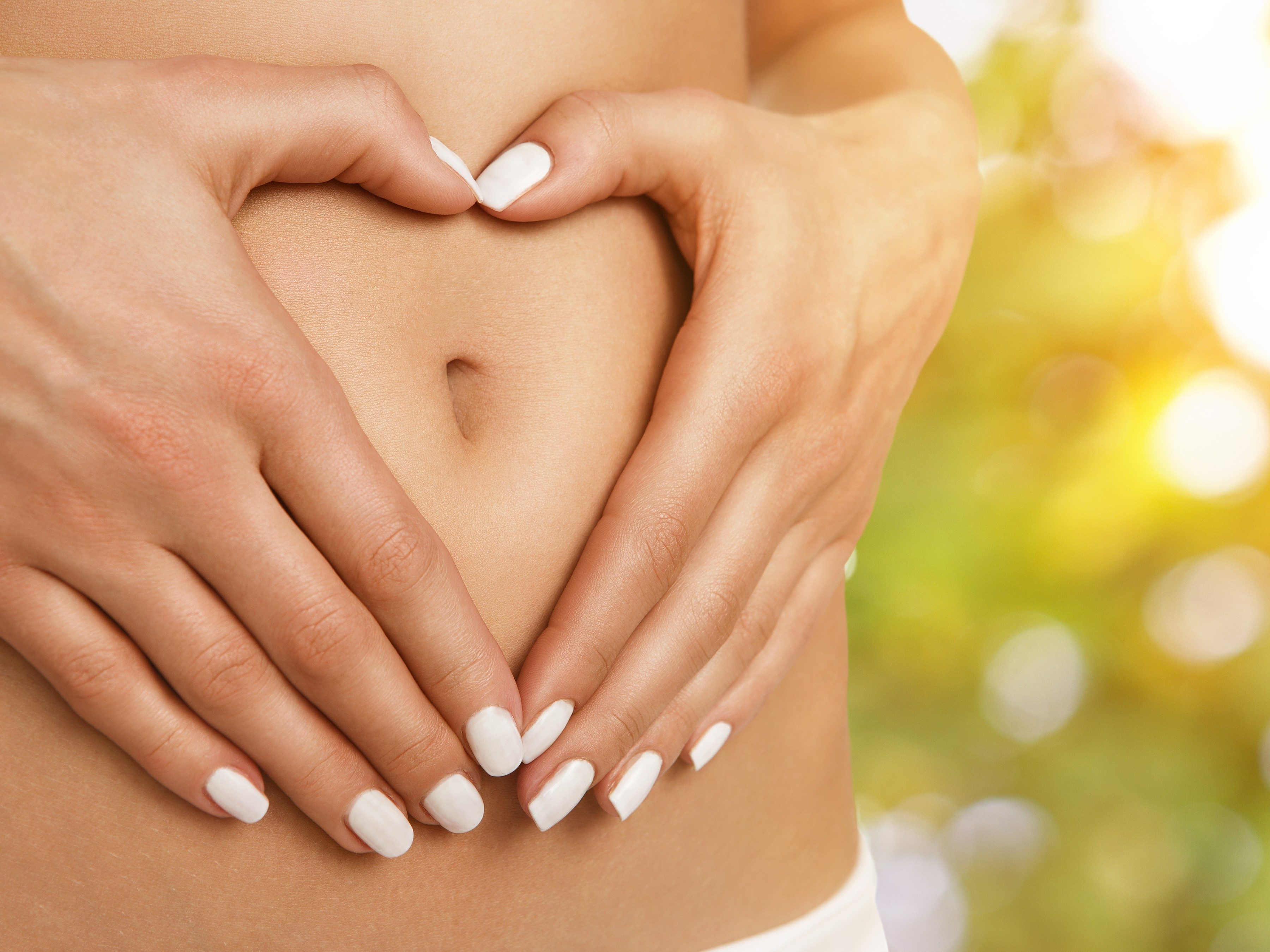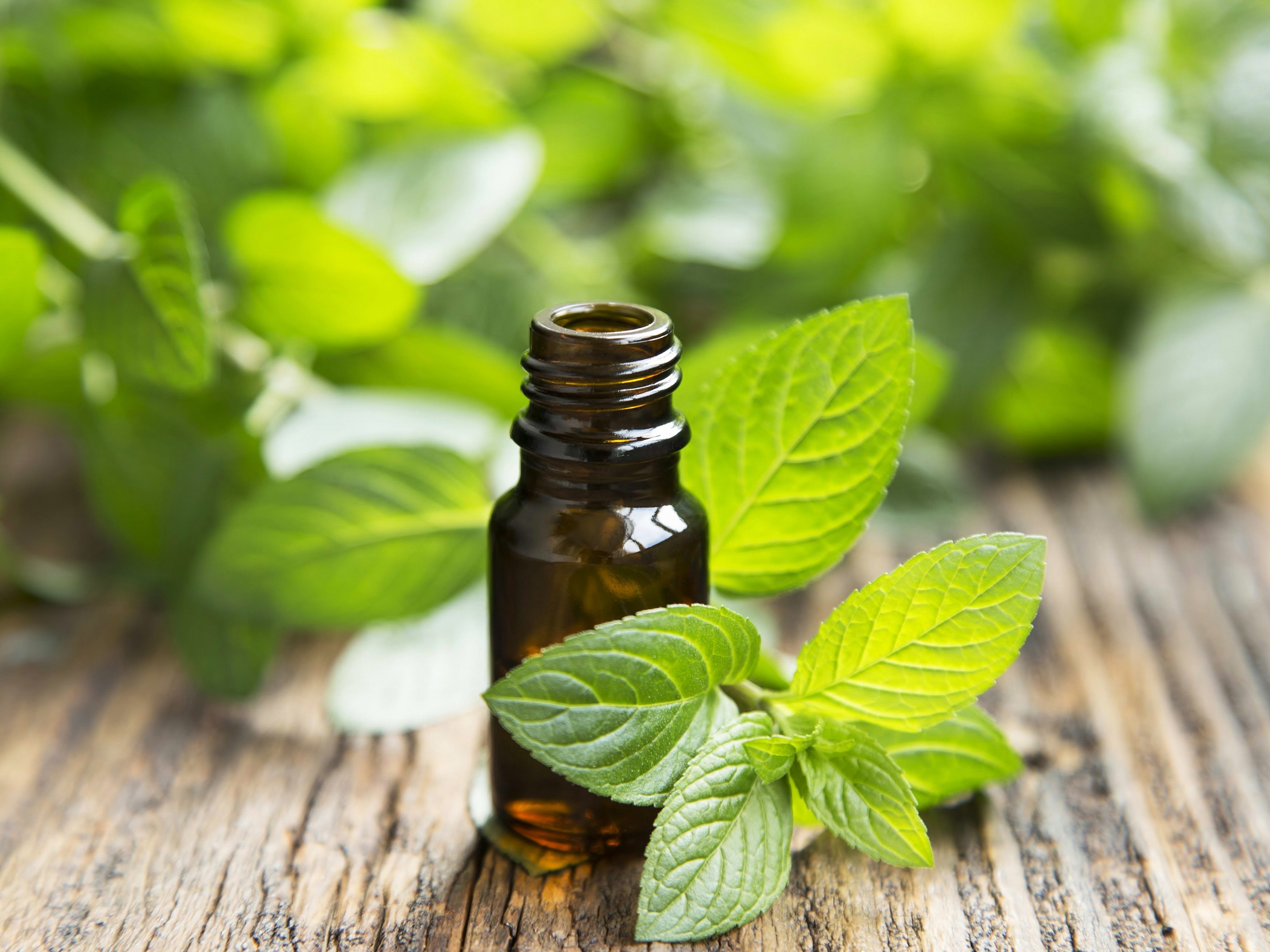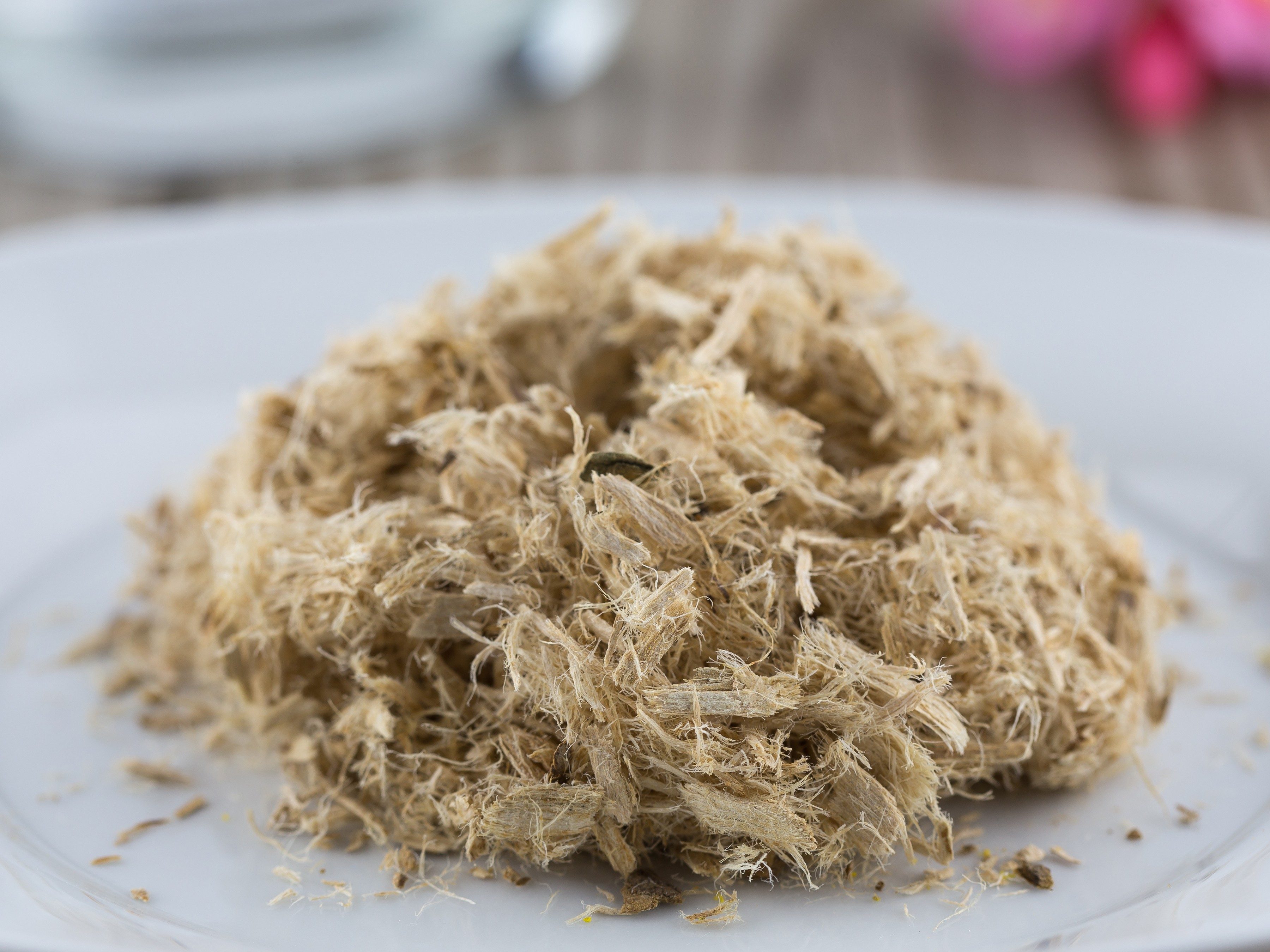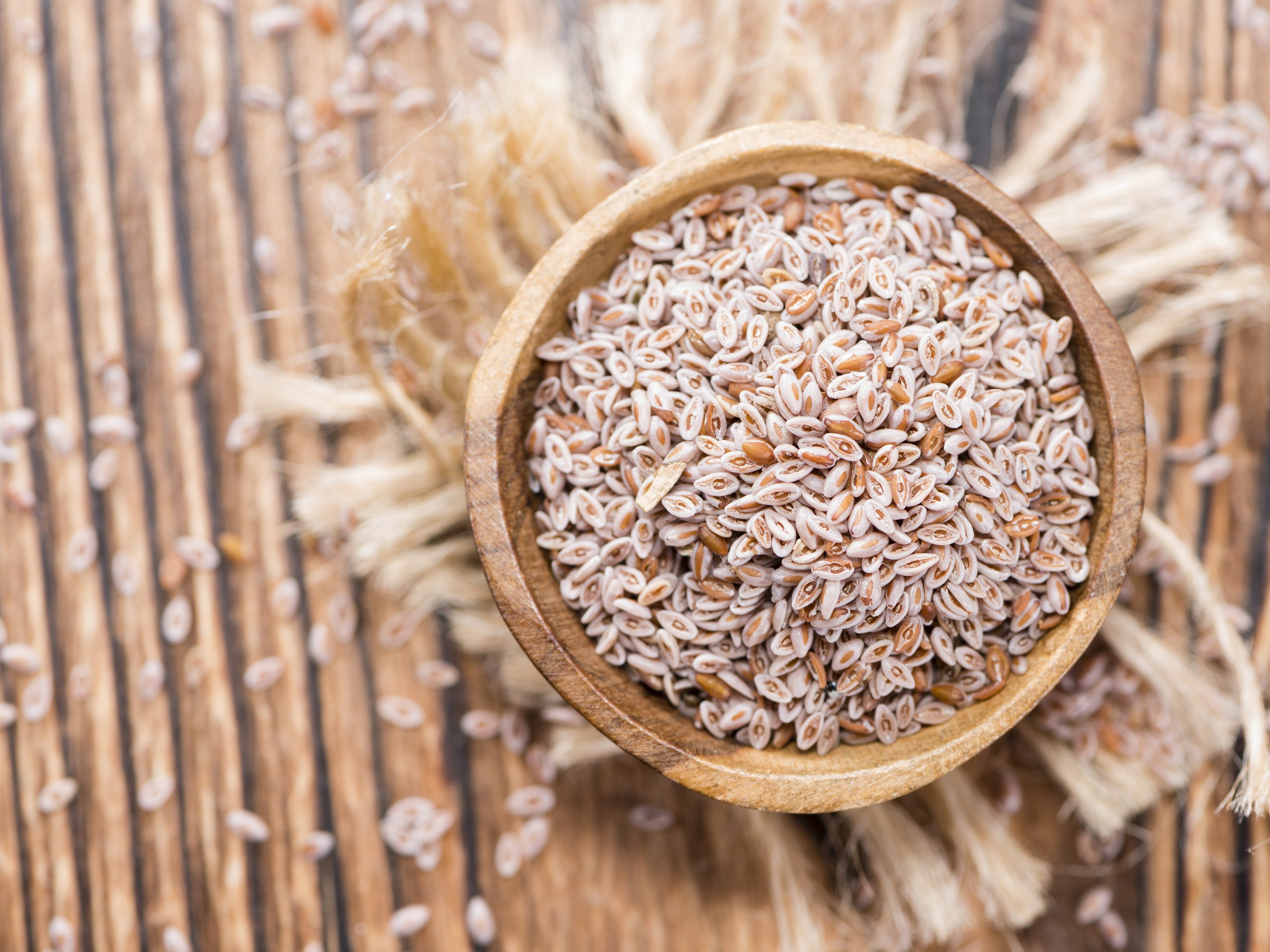
1. Acidophilus
The “friendly” bacteria called acidophilus help create a healthy environment in the gastrointestinal tract. For this reason, taking acidophilus supplements may combat a number of digestive disorders, control recurring vaginal yeast infections and help the body resist assorted diseases caused by “unfriendly” bacteria.
What is acidophilus?
About 500 species of bacteria inhabit the digestive tract. Of these, the most beneficial are two particular strains of lactobacillus bacteria, acidophilus and bifidus. Both strains are probiotics, meaning that they help provide a proper balance of health-promoting bacteria in the intestine. They also manufacture natural antibiotics that are able to kill dangerous microbes.
Yogurt, the traditional source of acidophilus, has been used as an elixir in folk medicine for hundreds, possibly thousands, of years. It can be difficult, however, to determine how much acidophilus is really in yogurt.
Acidophilus is sometimes sold in combination with bifidus or with ingredients that promote the growth of friendly bacteria called prebiotics, such as FOS (fructo-oligosaccharides), inulin or slippery elm.
What acidophilus does
Acidophilus aids in restoring a normal balance of healthy bacteria in the gastrointestinal tract and vagina, thereby helping fight digestive disorders and control yeast infections. It may contain cancer-fighting agents and may lower serum cholesterol levels. Acidophilus also supplies certain vitamins, including B12, K, thiamine and folic acid.
Benefits of acidophilus
Lactobacilli may be especially useful for anyone who is taking antibiotics to treat an infection. A healthy colon should contain lactobacilli (including acidophilus and bifidus) and coliform bacteria (including healthy types of Escherichia coli and other bacterial strains). In many people (and particularly those on antibiotics) these counts can be upset, causing flatulence, diarrhea, constipation and poor absorption of nutrients. Lactobacilli create an inhospitable environment for harmful types of E. coli bacteria, as well as for salmonella, streptococcus and many other strains of bacteria that can be dangerous.
Lactobacilli is also used to help treat acute diarrhea (including travellers’ diarrhea), irritable bowel syndrome, inflammatory bowel disease and Helicobacter pylori infection. Along with a high-fibre diet, lactobacilli contribute to overall colon health, which is necessary to help avert diverticulosis, a disorder in which the mucous lining of the colon bulges into the colon wall and creates small sacs (diverticula).
How to take acidophilus
* You can find acidophilus as a capsule, tablet, liquid or powder.
* Doses of Lactobacillus acidophilus preparations are based on the number of live bacteria.
* When using supplements, always read labels carefully. A therapeutic form should contain at least 1 billion organisms in each dose; smaller amounts may not be potent enough to have beneficial effects. Probiotic products should say they contain “live cultures” or “active cultures.” Make sure you check for an expiration date.
* Whatever form you purchase, store it in a cool, dry place, such as the refrigerator. Heat or freezing temperatures can easily kill live acidophilus and other probiotics.

2. Peppermint
For centuries this powerfully aromatic herb has provided relief for indigestion, colds and headache. Today, medicinal peppermint is most prized for its ability to soothe the digestive tract, easing indigestion, irritable bowel syndrome and other complaints. Peppermint’s stomach-settling ability makes it a popular ingredient in after-dinner mints, although few confections contain much peppermint oil.
What is peppermint?
Peppermint is cultivated worldwide for use as a flavouring agent and herbal medicine. The major active ingredient of peppermint is its volatile oil, which is made up of more than 100 different compounds. The oil’s therapeutic effect comes mainly from menthol (35 to 55 per cent of the oil), menthone (15 to 30 per cent) and menthyl acetate (3 to 10 per cent). Medicinal peppermint oil is made by steam-distilling the parts of the plant that grow above the ground.
What peppermint does
Particularly effective in treating digestive disorders, peppermint relieves cramps and relaxes intestinal muscles. It freshens the breath and may clear up nasal congestion as well.
Benefits of peppermint
Peppermint oil relaxes the muscles and sphincters of the digestive tract, helping relieve intestinal cramping and gas. Its antispasmodic effect also makes it useful for alleviating the symptoms of irritable bowel syndrome, a common disorder characterized by abdominal pain, alternating bouts of constipation and diarrhea and indigestion. The menthol in peppermint aids digestion because it stimulates the flow of natural digestive juices and bile. This explains why peppermint oil is often included in over-the-counter antacids.
As a tea or oil, peppermint serves as a mild anaesthetic to the stomach’s mucous lining, which helps reduce nausea and motion sickness. The tea may ease symptoms of diverticulosis, including gas and bloating.
How to take peppermint
* You can take peppermint in a capsule, liquid or oil or use it dried or fresh to make a tea.
* Leaf infusion: 3 to 6 grams 3 times a day.
* Liquid extract (1:2): 10 to 30 millilitres a week.
* Tea: To relieve gas and calm the stomach, make a tea by steeping 1 or 2 teaspoons (5 to 10 grams) of dried peppermint leaves in a cup of very hot water for between 5 and 10 minutes; make sure you cover the cup to keep the volatile oil from escaping; for congestion, drink up to 4 cups (1 litre) of peppermint tea a day.
* Essential Oil – Orally for digestive disorders: 0.2 to 0.4 millilitres 3 times a day in dilute preparations or in suspension.
* Irritable bowel syndrome: try enteric-coated capsules containing peppermint oil, because they release the oil where it’s needed most-in the small and large intestines rather than in the stomach; take 1 or 2 capsules (containing 0.2 millilitres of oil a capsule) 3 times a day between meals.

3. Slippery elm
Many Native American tribes used the dried inner bark of the slippery elm tree to treat wounds and skin irritations, as well as sore throats and coughs and even gastrointestinal conditions. It soon became popular with settlers from Europe and, during the American Civil War, was a favourite with soldiers, who used it to help heal wounds.
What is slippery elm
Slippery elm is one of several species of elm native to North America. The inner bark, a pale, spongy layer found between the rough outer bark and the wood of mature elm trees, is dried and shredded for medicinal purposes.
What slippery elm does
The inner bark contains a range of useful chemicals, including mucilages (molecules that can absorb water, which causes them to swell and take on a gel-like consistency; the gel then coats the skin and mucous membranes in a soothing, protective layer); mucilages are known to have positive effects on burns, wounds and skin ulcers when they are applied topically and on stomach inflammation and diarrhea when taken orally. Other components in the inner bark include tannins, phytosterols and calcium.
Slippery elm supplies the body with antioxidants and a number of useful nutrients, including calcium, thiamine, iron, magnesium, vitamin C and zinc.
Benefits of slippery elm
When mucilages in slippery elm come in contact with moisture, they absorb the water. This causes them to swell and form a gel which coats skin, wounds, sores or mucous membranes (such as the lining of the intestines). This helps soothe irritated or inflamed tissue. For example, laboratory research shows slippery elm reduces stomach irritation (acute gastritis). As well as acting as a protective barrier, slippery elm may have mild but direct anti-inflammatory actions.
Traditionally, slippery elm is used to relieve the symptoms of a variety of gastrointestinal disorders. These include acid dyspepsia (heartburn), irritation of the lining of the stomach (gastritis), peptic ulcer disease (stomach and duodenal ulcers), irritable bowel syndrome, Crohn’s diease and inflammatory bowel disease. However, adequate human studies have not yet been done.
How to take slippery elm
* Slippery elm is available as tablets, capsules, powder, a dried herb and liquid.
* For gastrointestinal symptoms: Follow the manufacturer’s instructions or consult your healthcare practitioner.
* As powder: Take 1⁄2 teaspoon (2.5 grams) of powder in 1 cup (250 millilitres) of water up to three times a day.
* Capsules/tablets: Take 150 milligrams before meals.
* Fluid extract (60 percent): Take 5 millilitres three times a day.
* If you find the powder hard to swallow, try capsules, tablets or liquid preparations.
* When taking slippery elm, always take it with plenty of water to prevent swelling and possible internal blockage.
* Symptomatic relief should occur quickly. If your symptoms persist, or new symptoms develop, consult your healthcare practitioner.
* Because slippery elm can coat the lining of the stomach and intestines, it has the potential to interfere with the absorption of medicines. Leave a 2-hour gap between taking slippery elm and any other drugs, herbs or supplements you are taking.

4. Psyllium
These tiny plant seeds are so rich in fibre that they’ve been prescribed for constipation and a wide range of other digestive ailments for more than 500 years. Psyllium is now sometimes added to breakfast cereals.
What is psyllium?
Odourless and nearly tasteless, psyllium comes from the small seeds of the Plantago psyllium plant. Also known as the plantain, it should not be confused with the edible banana-like fruit of the same name or with the herb plantain. Various species of the plant are used in herbal medicine. These seeds are generally dried, ground and sold in powder or capsule form.
What psyllium does
When mixed with water, the fibrous, mucilage-covered husks of psyllium seeds form a gel-like mass that absorbs excess water from the intestines and creates larger, softer stools. Psyllium helps lower cholesterol by binding to cholesterol-rich bile in the digestive tract, causing the body to draw cholesterol from the bloodstream.
As an inexpensive source of soluble fibre, it’s particularly suitable for those people who don’t eat enough fibre-rich foods, such as whole grains (oats are particularly rich in soluble fibre), beans, fruit and vegetables.
Benefits of psyllium
Psyllium can help normalize bowel function in a wide variety of disorders, including constipation, diarrhea, diverticulosis, hemorrhoids and irritable bowel syndrome. It does so by a single mechanism: water absorption, which lends bulk to and softens stools, making them easier to pass.
Psyllium has been reported to have a soothing effect on those with irritable bowel syndrome and is now considered an important part of treatment. In people with diverticular disease (small pockets in the intestine’s lining trap fecal particles and become susceptible to infection), psyllium bulks the stools and speeds their passage through the intestine, helping alleviate the problem. Psyllium’s ability to absorb large amounts of excess water from loose stools is an effective treatment for diarrhea.
How to take psyllium
* Psyllium is available in the following forms: seeds, powder, capsule, hulls or husks, oral liquid.
* To treat constipation: The dose of a psyllium product depends on the concentration of soluble fibre in the product. Read the package carefully to determine the correct dose of your psyllium product. A typical dose is about 3.5 grams one to three times a day. Don’t exceed recommended doses; taking larger quantities of psyllium can reduce your body’s ability to absorb certain minerals.
* Dissolve psyllium powder in at least 150 millilitres of water (or juice), drink it immediately and then drink another glass of water or juice. In addition to this fluid, drink 6 to 8 glasses of water a day. Without lots of fluid, it is possible to develop an intestinal blockage. Take psyllium two hours or more after taking medications or other supplements so it doesn’t inhibit the absorption of the drugs. Take with meals and avoid doses at bedtime.
* Possible side effects include temporary bloating and increased flatulence because of increased fibre; avoid these problems by slowly increasing psyllium intake over several days.
* Relief of constipation usually occurs within 12 to 24 hours, but it can take as long as three days. If constipation or diarrhea do not improve within three days, consult your doctor.
Find out the 5 Things Supplements *Won’t* Do!
Check out more healthy living tips.
Explore Reader’s Digest Health.